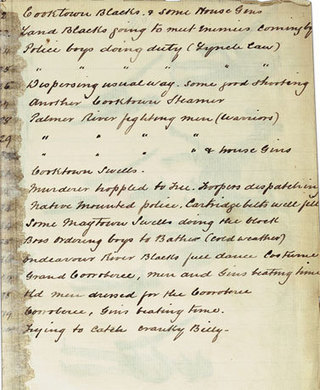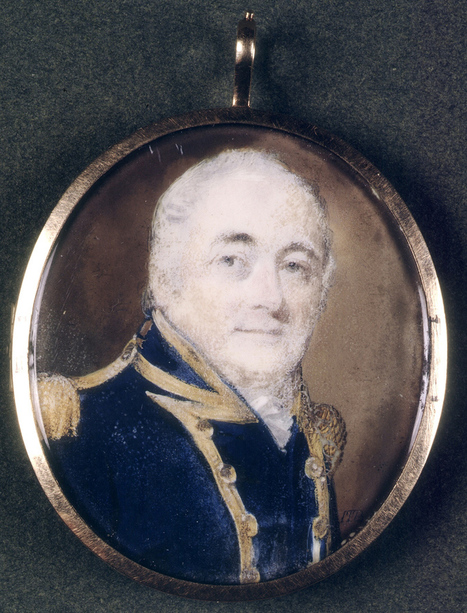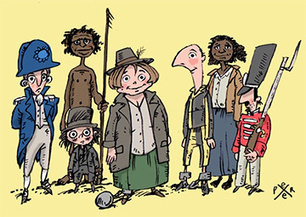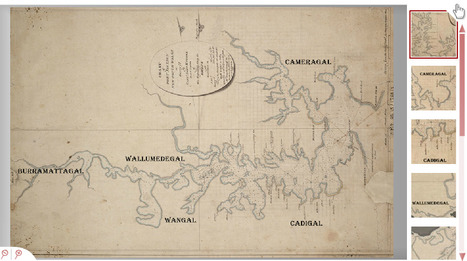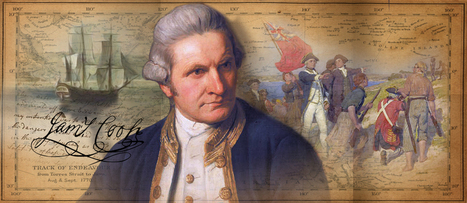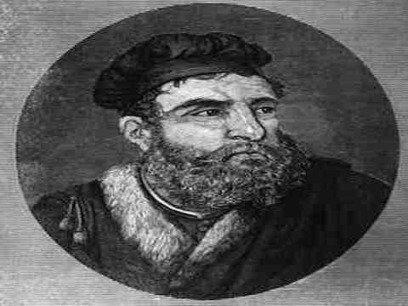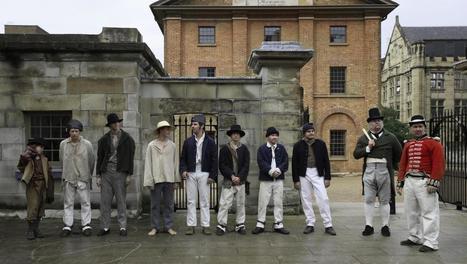Via JESSICA EVANS

|
Rescooped by
Catherine Smyth
from My Home, Your Home, Our Home: Interconnectedness of the Australian continent (Stage 2 Geography).
onto Primary history- First Contacts May 15, 2016 8:48 PM
|






 Your new post is loading...
Your new post is loading...

